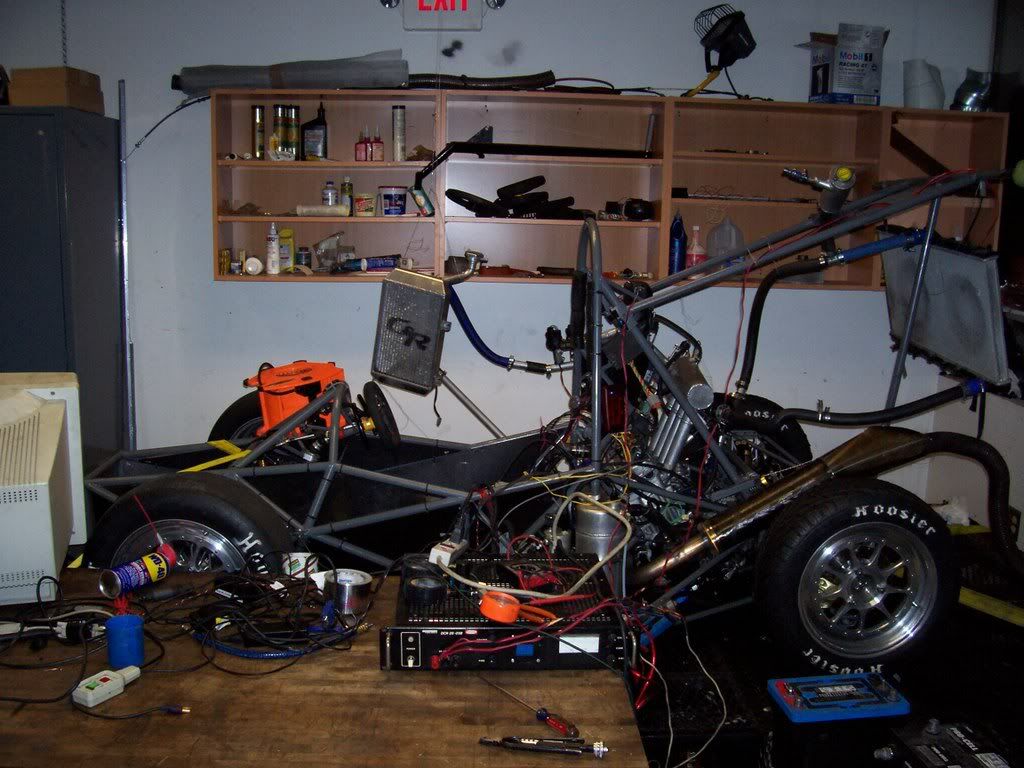What happened to the days of doing a whole season on a $5-7k budget? Car is simple, pay your own way to comp, take a little debt on.. but its doable for the stubborn.
Hit up your alums. They got money, they understand how tight it is. 10 alums at $100 each is an easy grand.

|
|



 Reply With Quote
Reply With Quote
